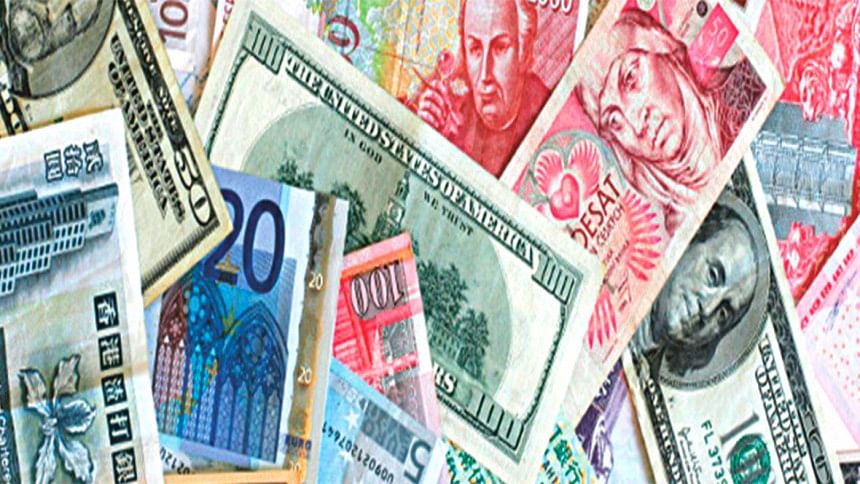Remittance Inflow: Country sees highest growth in South Asia

Bangladesh's remittance growth in 2020 was the highest in South Asia with an 18.4 percent rise from the previous year, thanks to a shift in flow from cash to digital and from informal to formal, said a latest World Bank report.
The remittance flow to India, the region's highest recipient country, fell by 0.2 percent from the previous year while Pakistan, the second-highest recipient, saw an increase of 17 percent, according to the WB's Migration and Development Brief.
Although Bangladesh remained at third position in South Asia, the country has become the seventh-largest remittance earner among low- and middle-income countries and the eighth-largest earner in the world as expatriates sent home a record $22 billion last year.
The WB report said the remittance flow accounted for 6.6 percent of the country's gross domestic product.
In 2019, the remittance inflow was $18.36 billion, which put Bangladesh in the ninth position globally.
The main drivers for the steady flow included fiscal stimulus that resulted in better-than-expected economic conditions in host countries, a shift in flow from cash to digital, from informal to formal channels, and cyclical movements in oil prices and currency exchange rates, the WB report read.
The inward remittance to South Asia rose by about 5.2 percent to $147 billion in 2020, driven by a surge in flows to Bangladesh and Pakistan, according to the report.
Despite the Covid-19 pandemic, remittance flows remained resilient in 2020, registering a smaller decline than previously projected, it said.
Officially recorded remittance flows to low- and middle-income countries reached $540 billion in 2020, just 1.6 percent below the 2019 total of $548 billion.
India became the largest remittance earner in both the world and the South Asian region, having received $83.15 billion in 2020, which was 0.2 percent less than the previous year.
The decline is mainly caused by a 17 percent drop in remittances from the United Arab Emirates, which offset resilient flows from the United States and other host countries.
Pakistan, also the sixth-highest recipient globally, received $26.11 billion in 2020, with the biggest growth coming from Saudi Arabia, followed by European Union countries and the United Arab Emirates.
Sri Lanka witnessed a remittance growth of 5.8 percent.
China was in the second position in the world, receiving $59.51 billion in 2020, followed by Mexico, the Philippines and Egypt, who received $42.88 billion, $34.91 billion and $29.60 billion respectively.
In contrast, remittances to Nepal fell by about 2 percent, following a 17 per cent decline in the first quarter of 2020.
For 2021, it is projected that remittances to the region will slow slightly to 3.5 percent due to a moderation of growth in high-income economies and a further expected drop in migration to the GCC countries.
The average cost of sending $200 to the region stood at 4.9 percent in the fourth quarter of 2020, the lowest among all regions.
Some of the lowest-cost corridors, originating in the Gulf Cooperation Council (GCC) countries and Singapore, had costs below the SDG target of 3 percent owing to high volumes, competitive markets, and deployment of technology.
"As Covid-19 still devastates families around the world, remittances continue to provide a critical lifeline for the poor and vulnerable," said Michal Rutkowski, global director for social protection, labor and jobs at the World Bank.
"Supportive policy responses, together with national social protection systems should continue to be inclusive of all communities, including migrants."
"The resilience of remittance flows is remarkable. Remittances are helping to meet families' increased need for livelihood support," said Dilip Ratha, lead author of the report on migration and remittances and also the head of Global Knowledge Partnership on Migration and Development (KNOMAD).
"They can no longer be treated as small change. The World Bank has been monitoring migration and remittance flows for nearly two decades, and we are working with governments and partners to produce timely data and make remittance flows even more productive," Ratha said.

 For all latest news, follow The Daily Star's Google News channel.
For all latest news, follow The Daily Star's Google News channel. 



Comments